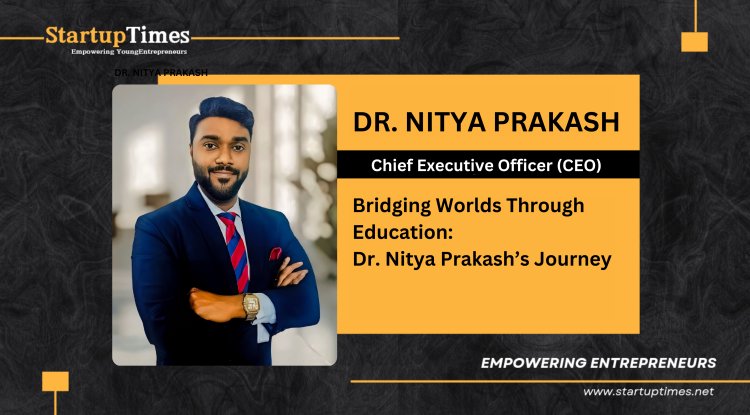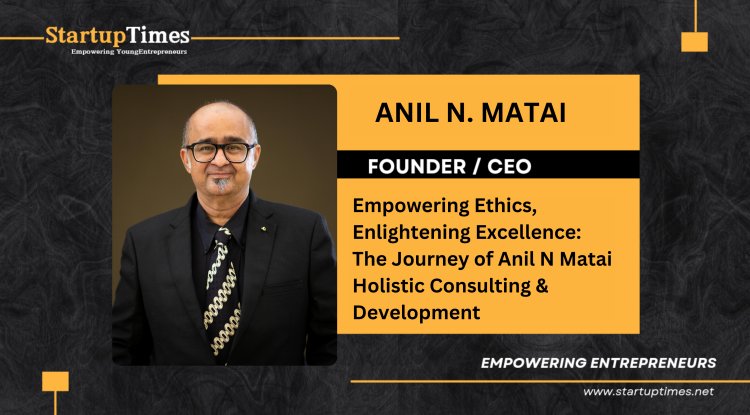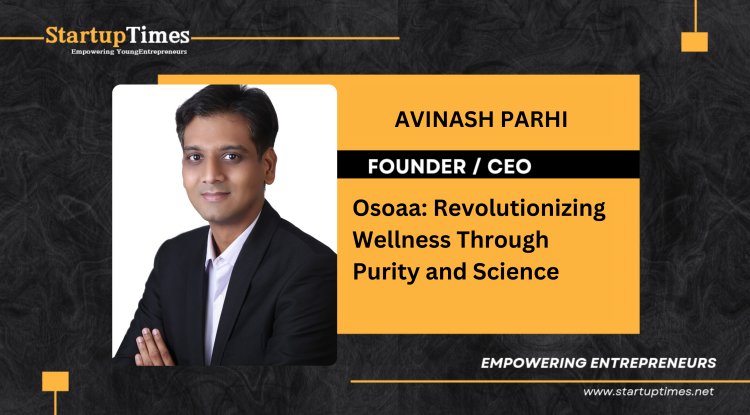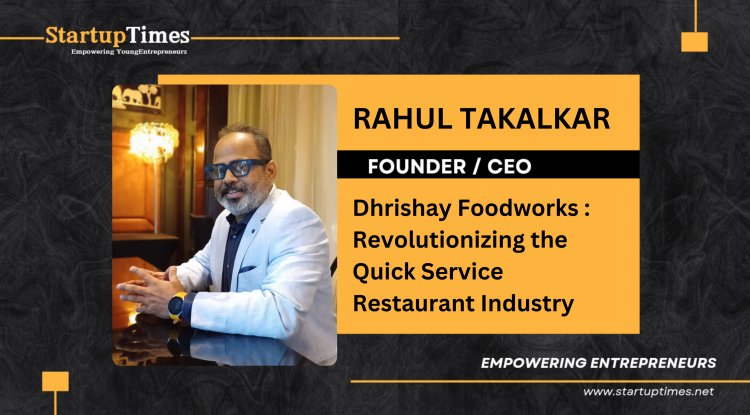Developing Commercial Infrastructure for a More Circular World: An Interview with Tuomo Laine, Co-Founder and CEO of Rentle
Tuomo Laine, Rentle's CEO and co-founder, was our subject for a conversation to find out more about his development of Rentle and the future of the circular economy.
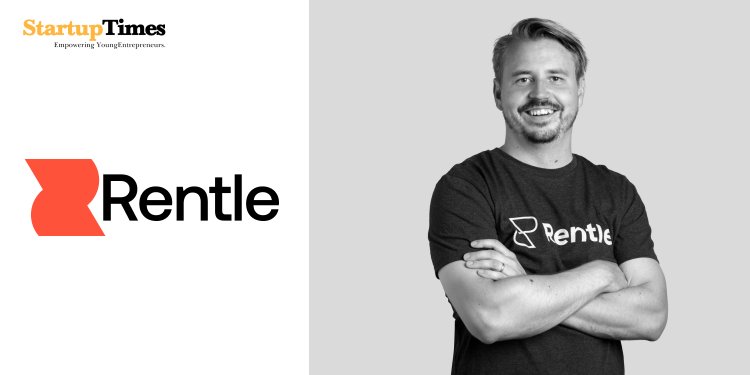
According to the European Green Deal, Europe intends to become the first continent to achieve climate neutrality by 2050. The circular economy action plan is one of the key pillars of the European Green Deal. Its goal is to create sustainable growth and lessen Europe's reliance on new resources.
Innovative European startups are accelerating this transition. Rentle is one of these innovative startups that aims to make renting as easy as buying for businesses to enter circular business models. They enable businesses to launch and manage rental propositions for their operations, allowing them to expand their business from unit sales to services, ownership to access, and vice versa. Rentle has a headquarters in Helsinki and collaborates with over 15,000 merchants in over 40 countries. Small businesses run by entrepreneurs, ski resorts, and major retail brands like Motonet and Decathlon UK are among their clients. Rentle has raised a total of €5 million since its launch in 2018.
Tuomo Laine, Rentle's CEO and co-founder, was our subject for a conversation to find out more about his development of Rentle and the future of the circular economy.
Why did you decide to start Rentle?
In 2017, Toomas, one of the co-founders, and I were building tech solutions for a local convenience store chain inspired by the city-bike service. We were attempting to make it possible for them to offer goods as a service, such as power banks that could be rented over the counter without the need for an app or something similar. We began to realize, as a result of those experiences, that neither consumer demand nor merchants' willingness to launch services were the greatest obstacles to the widespread adoption of the circular economy. Basically, it was the way that all of the trade programming foundation, on top of which dealers construct and scale their organizations, expects and powers organizations to work in a direct model.
From that point on, we came to the conclusion that, in order to change the world so that it is more circular, we need to construct a commerce infrastructure that makes the end-user purchasing experience and the complexity of two-directional inventory flows more convenient, profitable, and streamlined than linear commerce. This meant taking on the responsibility of constructing the infrastructure that will support circular commerce. It's not an easy task, but we're up for it because it will benefit the planet and the businesses' long-term profits.
Could you tell us more about Rentle's early years and how you found product-market fit?
I was just listening to an interview with Doug Leone when he said that finding product-market fit is a black box that founders are the only ones who can solve. We initially decided to engage with the black box in a straightforward manner because we had similar intuition. Our objective was to look for businesses that were already using a circular model, find those that had the biggest, messiest, and most difficult problems, and work with them to learn more about their problems and benefits. We decided to work with ski resort rental businesses because they had thousands of high-demand inventory items, struggled with online sales because of the complexity of inventory double bookings, had peak seasons and hours, and sold both in stores and online.
My co-founders and I rented an RV and drove through every Finnish resort and rental store in order to fully comprehend these businesses. We even slept in the RV outside the resorts, and we spent our days working with resort owners and staff to learn every last detail. We even handled their annual inventory check for some of Finland's largest resorts with our early employees, labeling and categorizing skis for 24 hours straight. We knew we could make software, but we also knew that in order to build a commerce infrastructure that could provide merchants with deep and meaningful service, we needed to know everything about our customers' problems, benefits, and points of friction.
As we have developed and expanded our business model to its current global reach, these experiences have served as our guiding lights. We were aware that constructing a commerce infrastructure is difficult; The majority of decisions are interconnected to other decisions that are also business-critical for our customers. We have, on the other hand, been able to create something that serves our customers in a way that truly makes a difference thanks to our in-depth comprehension of their needs. Naturally, we can also develop a globally scalable business there to address the world's most pressing issues, such as how to shift consumption from linear to circular in a way that benefits everyone.
We noticed that you collaborate with a variety of businesses, including large brand names like Rab and Decathlon and small businesses led by entrepreneurs. How do you deal with selling to various sizes of customers?
Understanding that the market is still in its infancy is essential for any startup operating in the circular transition space. This presents both an open door and a test. Positively, everyone agrees that the circular economy will explode and expand more quickly than we might anticipate. From Gartner and the Big Four to entrepreneur-led side businesses based on business concepts that emphasize servicing goods rather than selling ownership, this is widely accepted.
The more petulant point, in any case, is market timing and movement; When exactly is the critical turning point? Currently, various stakeholders have drawn this line in the sand. Personally, I believe that the actors who are currently pressing the gas pedal will be rewarded handsomely as a result of the new paradigm. The losers never succeed. Another thing to keep in mind is that buyers in this market still frequently prefer to go from zero to one rather than transferring twenty percent of their current business. As a result, it is preferable to view the circular economy as an additional revenue stream or expansion. Small businesses and enterprises still share a lot of the same needs when going from zero to one. We are experts at navigating this paradigm, but it can be difficult on a daily basis.
Last but not least, it's important to remember that big and small retailers alike despise poor user experiences. Cognitive load, friction during repetitive tasks, and a negative impact on the product's movement from inventory to the end user and back again are all consequences of poor user experience. That is the reason it's urgent to focus on basic UX and truly get to know the retailer worker utilizing the product. Software companies that only focus on the enterprise sometimes use their focus on the enterprise as an excuse for poor user experience. We believe, on the other hand, that large retail customers require even better user experience because their employees are the most frequent users.
It is evident that Rentle is currently concentrating on providing a suite of solutions to assist retailers in entering the rental market. You want to expand into insurance and financing, among other services. How are you contemplating extending your contribution?
We facilitate much more than just rental. The Rentle platform now lets businesses sell subscriptions, and we also support traditional sales methods. Our platforms will soon also be used by merchants to build buyback programs. All of this relies on a single inventory source from which you can track your inventory down to the unit level. Rentle supports any circular productization model by providing a single inventory linked to a product catalog. These can be hosted on your current Rentle storefronts or on your own.
In addition, we offer out-of-the-box payment processing with native support for circular business model requirements like deposits and recurring charges. We plan to launch additional services that are substantially less complicated and risky for merchants operating circular business models. These cover everything from shipping and capital to fintech.
How would you advise founders who are just starting a sustainability startup?
Prioritization, vision, and the ability to say "no" to ideas should all be guided by sustainability, a fundamental value. It is essential for a founder to keep in mind that sustainability is also a business case. Numerous maintainability new companies neglect to impart their genuine, no-nonsense business opportunity to clients, picking rather for delicate language that doesn't necessarily drive change at the important speed.
Thankfully, numerous industries have made sustainability a profitable investment through excellent educational efforts and regulatory pushes. Nonetheless, reason driven organizers here and there fail to remember this and chance not gaining forward movement. To keep away from this, it's memorable's critical to feature the genuine business influence you can have for your clients and grandstand the worth of manageability in driving change and making substantial business benefits.
Let's talk about the future and the circular economy. How will the circular economy and circular trade develop in the future?
It appears that the future is bright, lucrative, and exciting. I believe that scarcity and difficult times are the catalysts for the most significant initiatives that define the future. In history, there has never been a greater economic demand, support, or incentive to encourage sustainable consumption of goods and services. The question now is not "will we," but rather "how quickly," as I believe we have already passed the tipping point. Although sustainability and capitalism haven't always been on the same page, they have now joined forces to form a potent engine.
Through the servitization of shared assets, we are on track to significantly increase sustainable consumption, which will, in turn, improve convenience—something we value greatly—for customers. Overall, the future appears to be very exciting.
When compared to the rest of the world, how far along are the Nordic countries and Europe's transitions to a circular economy?
Circle Economy, a great think tank that does a lot of great work in this area, deserves my praise. Estimates of sustainable consumption range widely depending on the context of the transition, with a consensus of around 8% of total consumption. Regardless of the current adoption rate, Rentle focuses on accelerating the transition.
In many ways, Europe and the Nordics are probably ahead of the curve when it comes to awareness. It's rare to find a retailer in Europe that doesn't have plans to switch from linear to circular offerings. The demand for heads of sustainability and innovation is now comparable to that of heads of digitization a few years ago. They are tasked with facilitating this expansion into complementary revenue streams that are more profitable and secure for the future.
Having said that, I have high hopes for markets like the United States. We're seeing a lot of our growth in those markets, and the US market allows them to make big bets when they think there is real business value to be gained. One of the largest business opportunities is sustainability, as I mentioned earlier. It's possible that the United States will soon surpass Europe on this front. However, it's possible that we don't care who wins this race from a sustainability standpoint. We are just thrilled that the world is moving toward more sustainable consumption of goods and materials and that the pace of the transition is increasing.
What additional steps should be taken to encourage the use of the circular economy?
Even though there are a lot of things to think about, I'll just focus on one important point to make things clear. Helping the supply side, which includes the brands, retailers, and stores we all know and love, make one of the biggest infrastructure jumps they've ever had to make is, in my opinion, the most important step. They had to figure out cloud technology, e-commerce, shipping, and everything else that came with it when e-commerce first started. Over the past two decades, these procedures have been perfected to perfection and form the basis of modern commerce.
Presently, dealers face the truth that the business framework they've taken on and fabricated their procedure on top of should be reconstructed. This is something that many market influencers are unaware of. Innovations in material processing and supply chains are just one aspect of the circular economy. Mostly, it's about making it possible for retailers to offer new products to customers via their commerce infrastructure. Utilizing circular offerings must be easier for customers to use than purchasing mass-produced goods at low prices. The software layer of commerce is largely responsible for enabling and facilitating this convenience. It is necessary to approach this as one of the largest projects involving digital infrastructure of our time.
The rapid shift from retail to online was accelerated by COVID, and numerous policies and efforts were made to assist small and medium-sized businesses (SMEs) in transitioning to ecommerce. There were numerous commercial advantages for those who were prepared beforehand.
The circular economy shares many similarities with it. Governments are aware that it is necessary and will occur, and consumers already have a desire for it. The issue of where investments will have the greatest leverage in terms of consumption footprint must now take precedence over the phenomenon. It depends on the commerce software layer, in my opinion.
What next for Rentle's expansion?
By developing a commerce platform that makes it easier and more profitable for merchants to transition to a circular economy, we hope to accelerate the transition from a linear economy to one that is circular. In order to continuously provide retailers with features and capabilities that enable more sustainable sales and growth, we continue to invest in hiring top talent. We are excited to launch several new features this year, as well as internationally renowned forerunner brands building Rentle-based offerings. By definition, our original vision statement of "accelerating sustainable consumption of goods – globally" was never-ending, and we are determined to pursue that objective. We have a lot of hard work ahead of us, but our focus is on providing merchants with the platform capabilities they need to succeed. There has never been a brighter vision.








